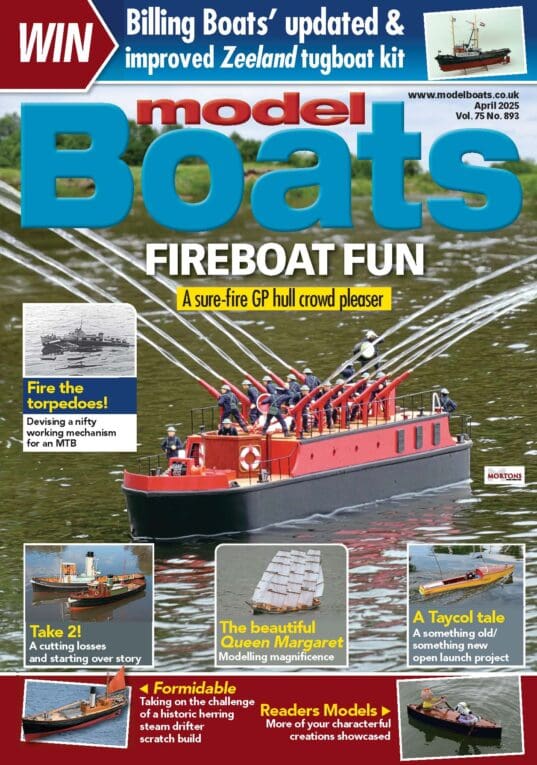For various reasons I’ve not been in the workshop very much recently, I did find a bit of time to play around with the photo etch lifeboat davits though – they are horribly small and delicate and I think only the arms will be usable although they need stiffening with brass wire along one edge. They were an experiment to see what could be done at this scale and designed to clip together but the scale was simply too small to make it work. At a larger size I suspect they could work quite well but this is one instance when the accuracy of the drawing could nor be matched by the etching process with these tiny parts. Just having the arms is a bonus as they would otherwise be be almost impossible to make. Lifting eyes on the davit heads are two links of fine chain. One is glued over the wire extending from the davit head and the other is used to reeve the falls.
Once again it has been two steps forward and one back as the lifeboats I made using the Deluxe Create and Shape casting material turned out to be a few millimeters too long, or maybe the plan was a few millimeters too short. For the odd lifeboat this wouldn’t have mattered much but when you have a line of four of them they take up noticeably too much overall length on the boat deck and the first one was in front of the funnel rather than overlapping it.
Another search online turned up an eBay supplier offering ships boats at 50mm long. These were fractionally too small and of a more modern design. However needs must and they were only £1.17 each so I ordered 12 on the basis that I could make up a few millimeters along the length by bending the davit heads over slightly and leaving a slight gap between the last boat and the end of the deck. Unfortunately, these particular boats share davit frames with an arm on each side where the boats adjoin so I can’t simply get the space by separating the boats slightly. I can make up frames in plasticard in place of the photo etch ones, not totally accurate but they will look the part at 1:150.
The boats themselves are probably intended to be metal open boats of the mid century era, a bit like those carried on the old Queen Mary, but by adding short decks fore and aft they could pass as an older design at a glance and a bit of thin Trimline tape along the thwarts can suggest a sheer that isn’t actually there. The boats on the 1:48 scale builder’s model have very little sheer and a bit of decking fore and aft so I will be replicating a similar effect. In fact the more I get into this build the more discrepancies I find between the various sources of information. There are strong indications that the naval architect drew up plans for the construction and fit out for the vessel and left it for the shipyard to finish off the detailed design and source a lot of the fittings ‘off the shelf’. The builder’s model differs from the completed ship in a number of respects and was probably made during construction rather than afterwards. Its purpose would have been for display at the Shipping Line’s offices to encourage customers to buy their passage in such a fine vessel.
So, in a way, my intended near scale model, within the constraints of the 1:150 scale, is becoming in part an artistic reproduction. But if I get it finished it will look like the original Miltiades from the pondside and I will be happy with that.
Getting back to practicalities, It has become obvious that, even with the very simple rigging of the lifeboats that will be necessary, it would be foolish to attempt this after fitting the very fragile photo etch railings and supports between the promenade and boat decks and that the lifeboats need to be in place first. In fact fitting them directly to the detachable superstructure risks damaging some of the already fitted detail. The answer I think is to build and rig the lifeboats onto separate thin strips of decking which can be stuck down on the existing decking and the joins concealed at the deck edge by the side plates and inboard by the run of the railings along the sides of the lifeboats.
With all this in mind I have been experimenting and made a rough unrigged sample of what this might look like which I can use to get all the dimensions right before final assembly.
For those of you still with me, I apologise for the long winded descriptions but thought it might be of interest to highlight some of the practical problems when you ‘do your own thing’ and have to battle with contradicting information sources. It is well beyond building from a kit or from a well drawn model maker’s plan. Personally I find it all very educational and a challenge to bring all the threads together to try and create a model of a ship that was built over 120 years ago and which will capture the essence of that vessel even if some of the detail can never be definitive.
Colin
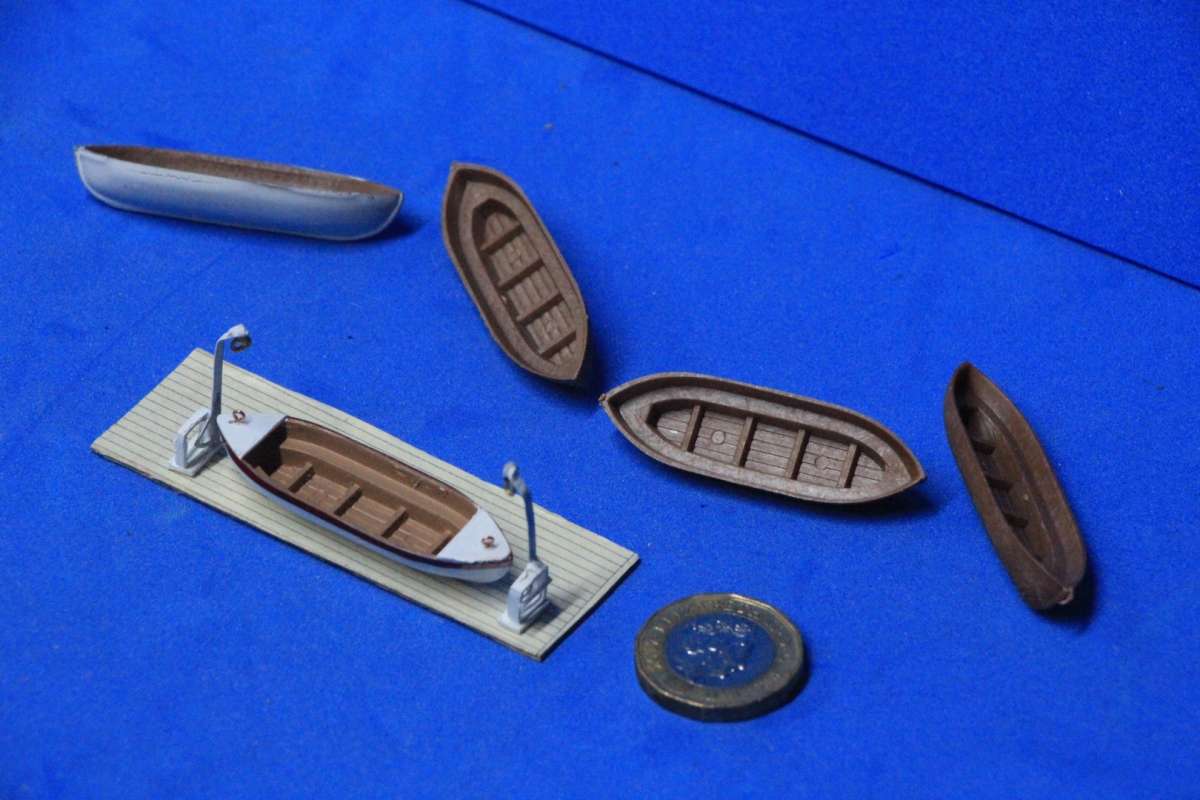
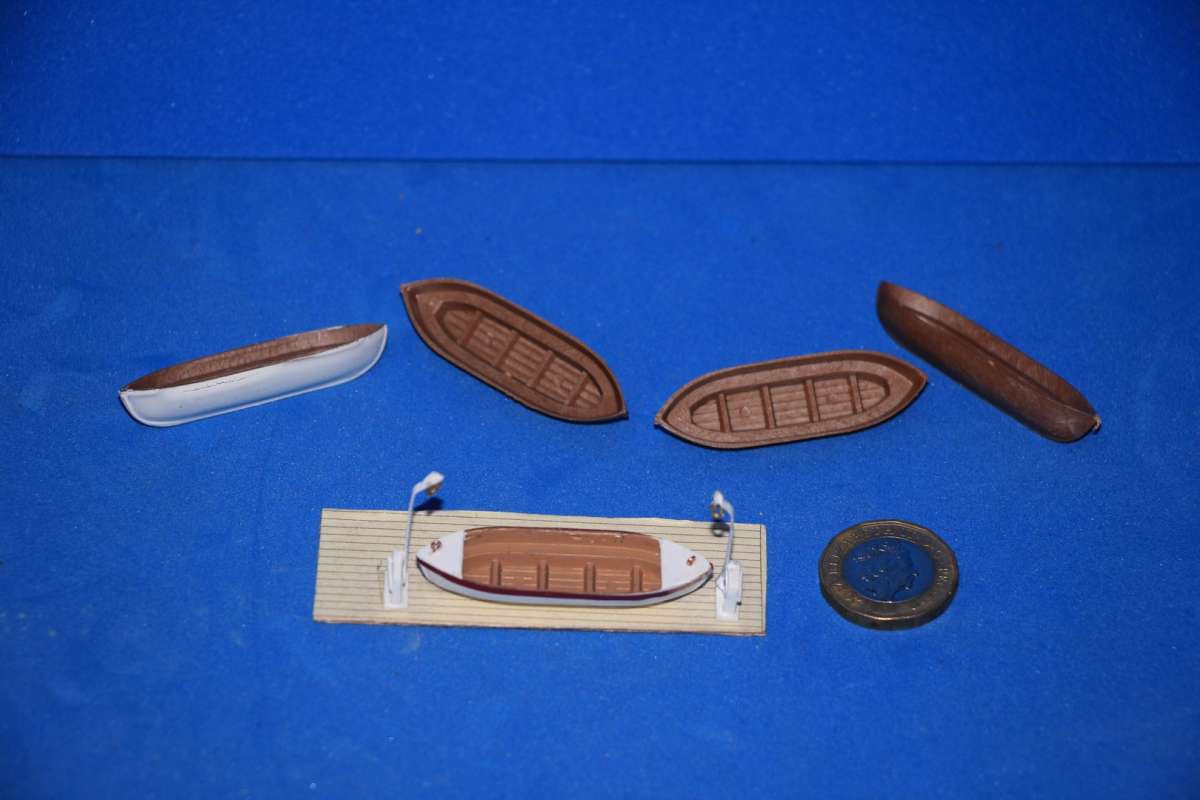
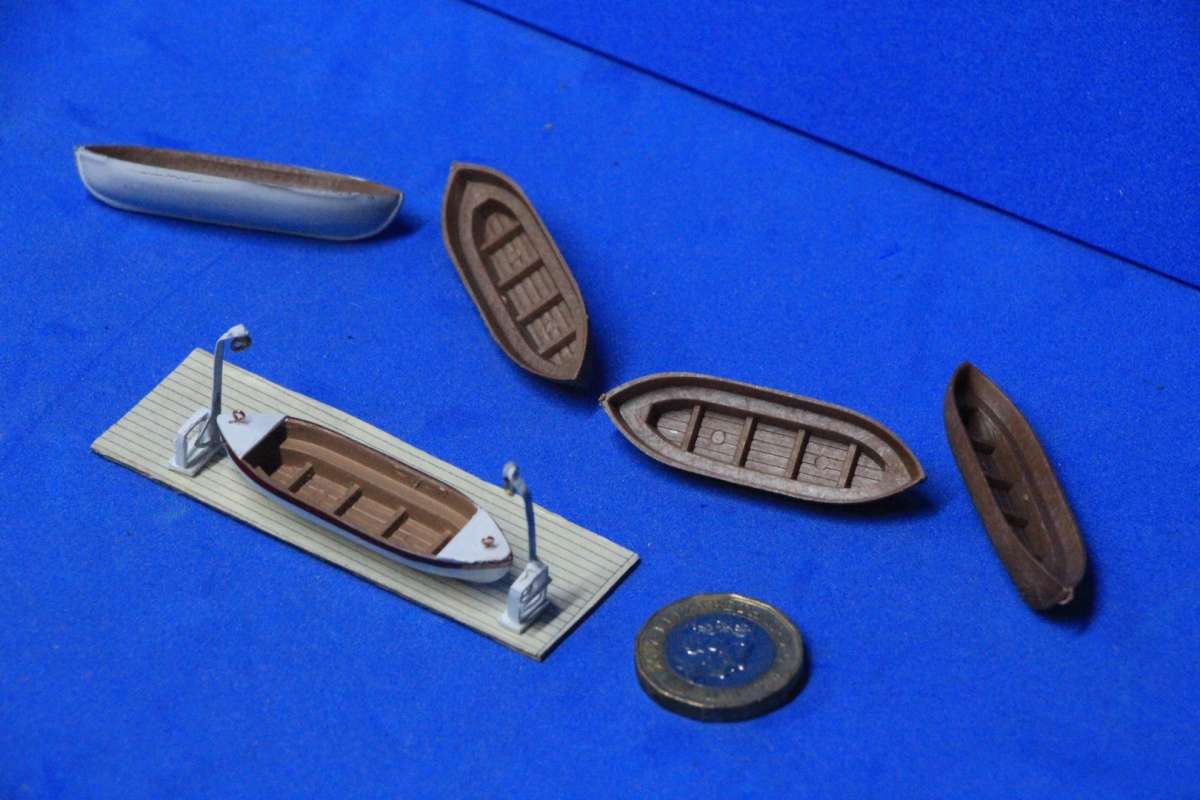
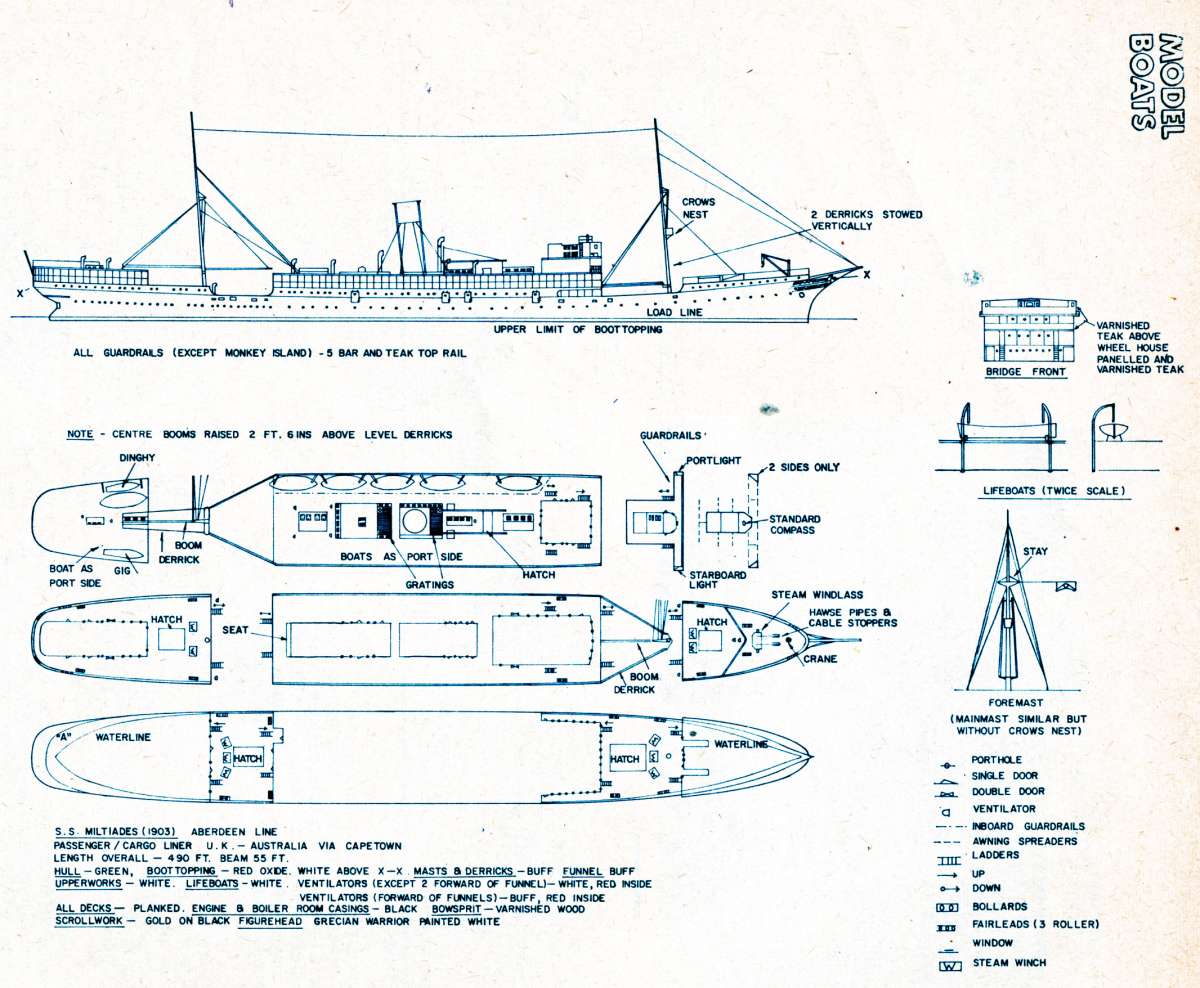
 ashley needham.
ashley needham.








